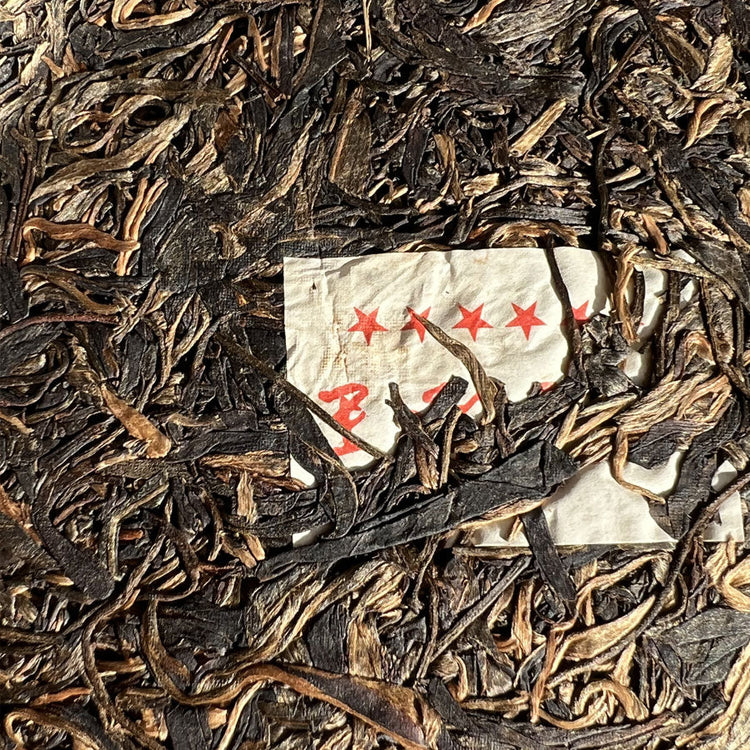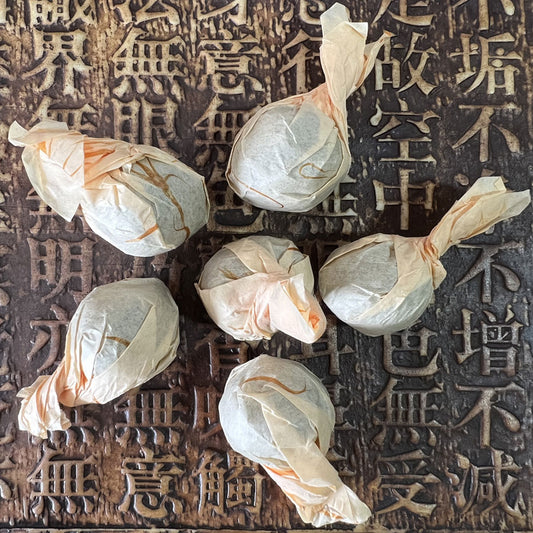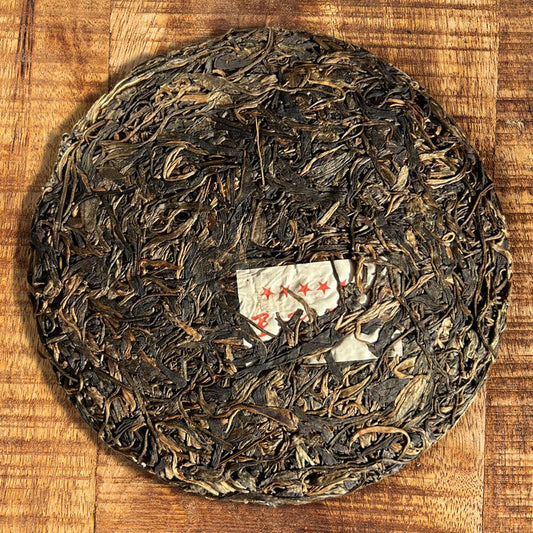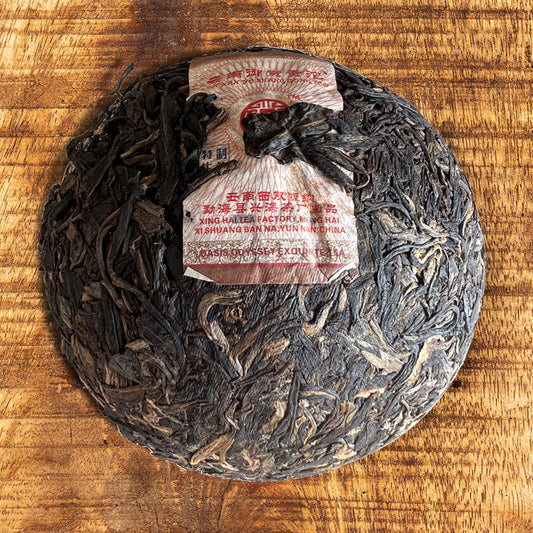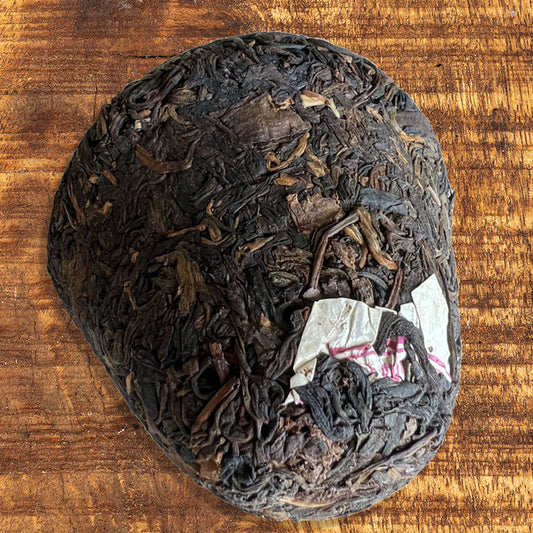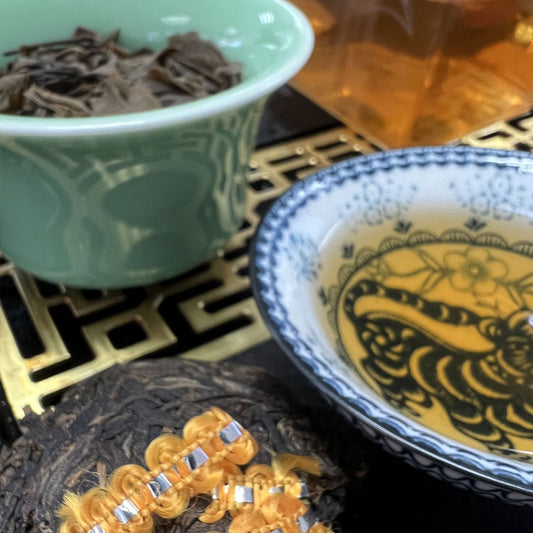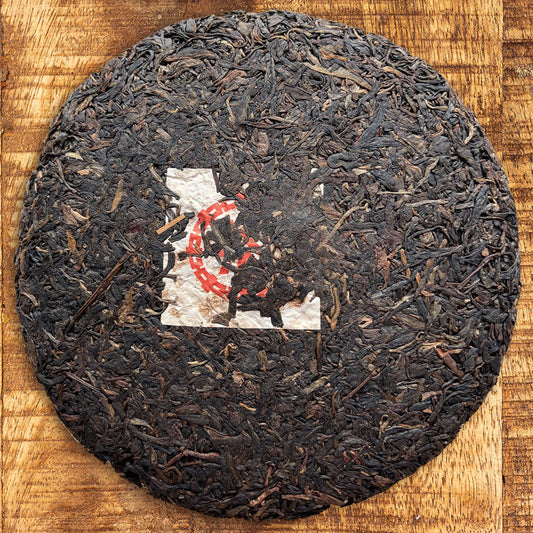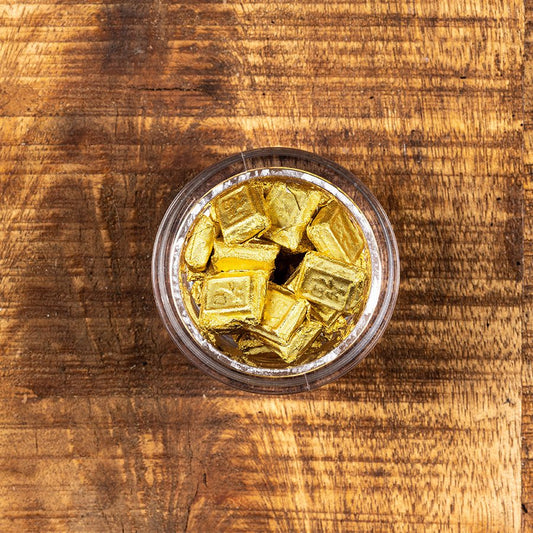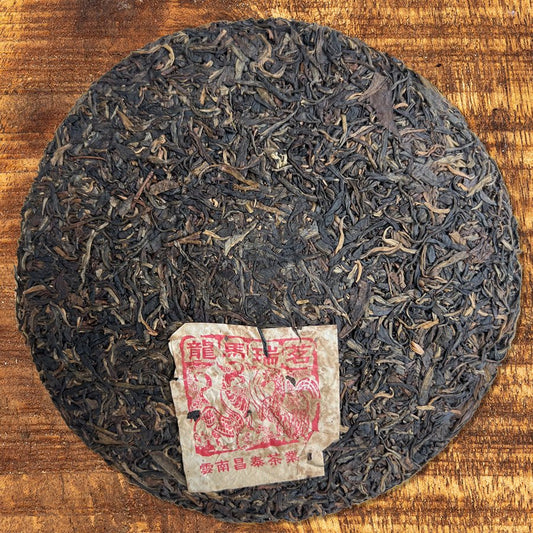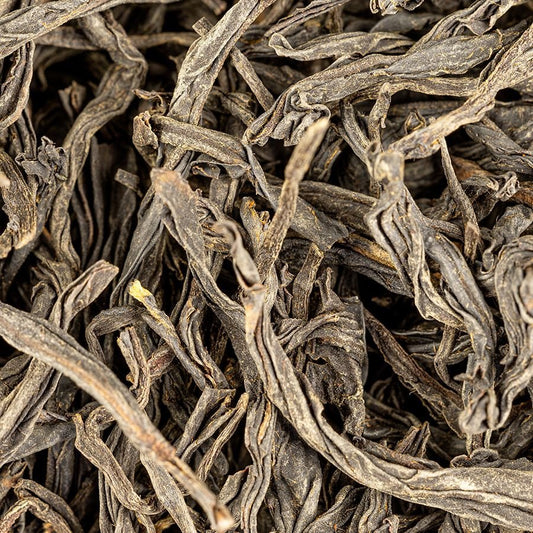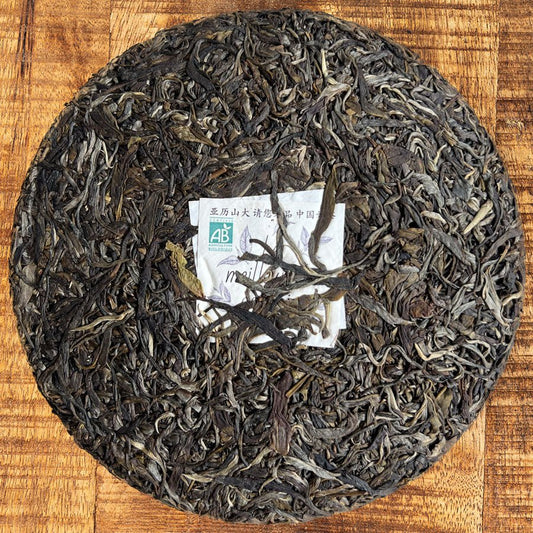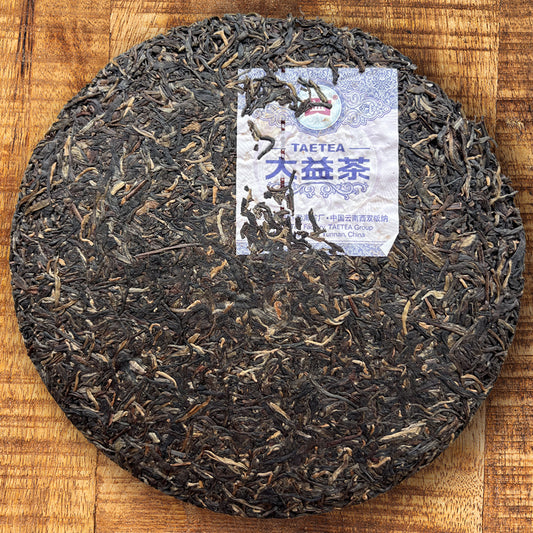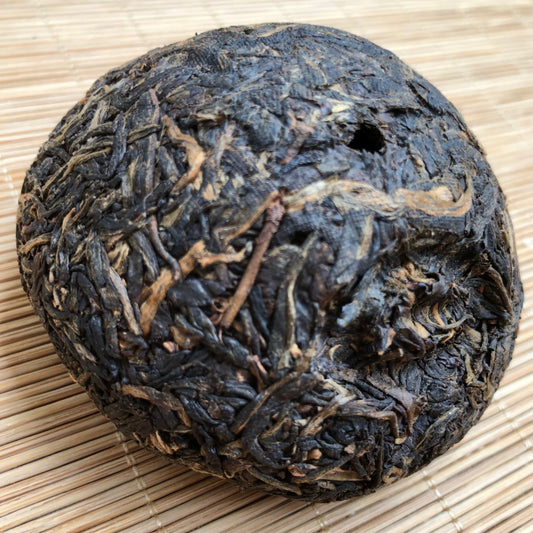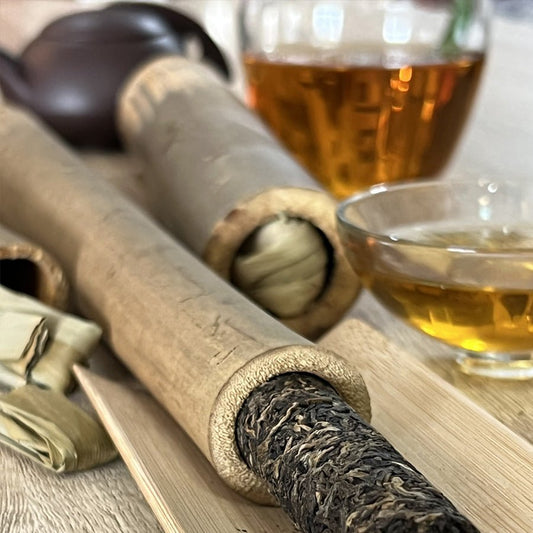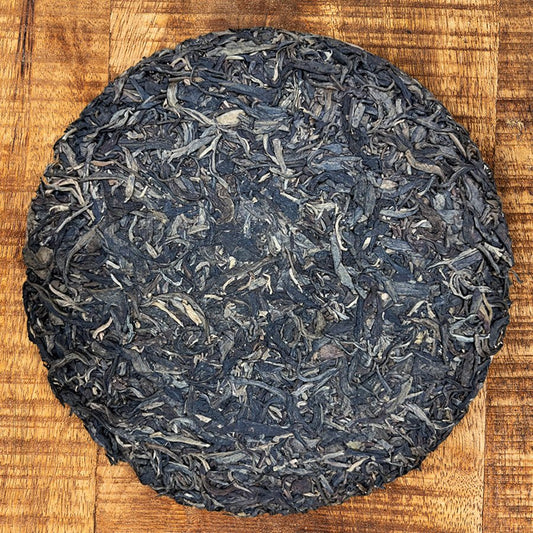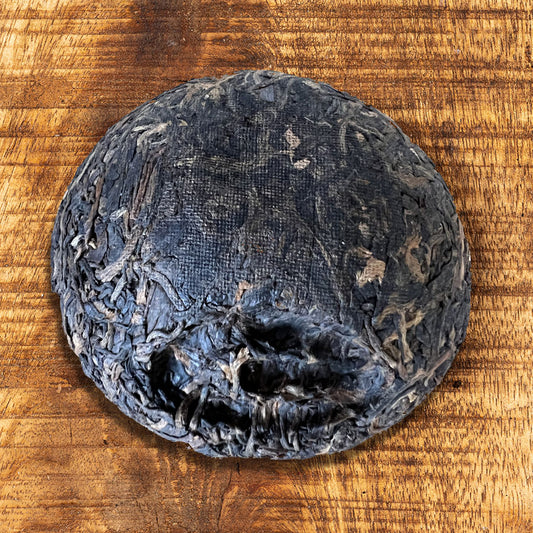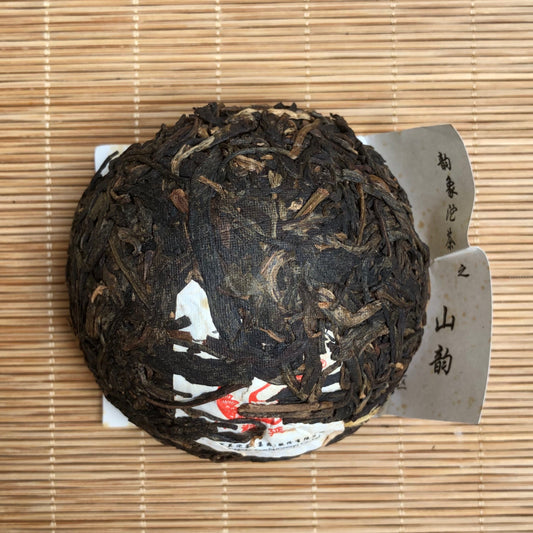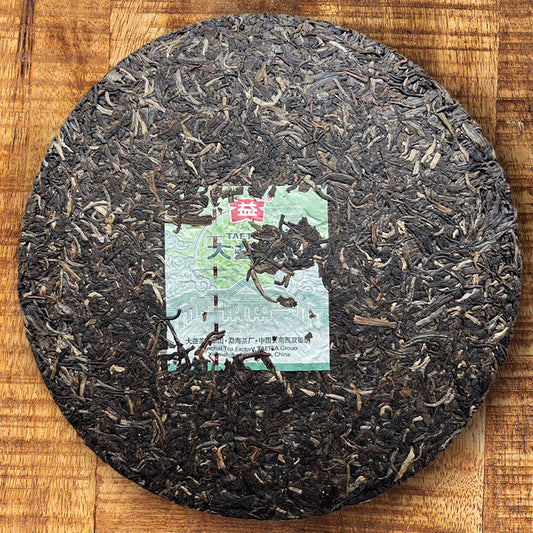-
Long Zhu raw Pu-erh tea balls - 250 grams - 2008
Regular price €87,00 EURRegular priceUnit price per -
Liu Xing CHAWANG - Ban Zhang raw tea Galette - 2014 - 357 g
Regular price €385,00 EURRegular priceUnit price per -
Yushang Gong Tuo Cha – Raw Tea – Sheng Puer – 250 g – 2007
Regular price €51,00 EURRegular priceUnit price per -
Da Yin Shan Raw Puer Tea Brick - 200g - 2015
Regular price €33,00 EURRegular priceUnit price per -
Raw Mushroom – Ding Xing Tea Factory – Mushroom Shaped Tea – 2005年
Regular price €116,00 EURRegular priceUnit price per -
Paradis energizing raw tea mushrooms - 5*100 g - 2007
Regular price €88,00 EURRegular priceUnit price per -
CNNP Raw Pu-erh tea red stamp - 357g - 80's
Regular price €688,00 EURRegular priceUnit price per -
Aged Crystal Puer Raw Tea – 50 g – 1990
Regular price €109,00 EURRegular priceUnit price per -
Famous Dragon Horse Pu-erh raw tea — 400 grams — 2006
Regular price €117,00 EURRegular priceUnit price per -
Spring raw Puer Aged in Oak Barrels
Regular price €230,00 EURRegular priceUnit price per -
Jing Mai Shan Raw Pue'rh Organic tea cake – 357g – 2019 – Galette Lemeilleurthedechine
Regular price €108,00 EURRegular priceUnit price per -
Raw tea from millennial Jing Mai tea plants – 100 g – 2023
Regular price €44,00 EURRegular priceUnit price per -
Raw Puerh Dayi 7542 Tatea 1701
Regular price €148,00 EURRegular priceUnit price per -
Xiaguan raw tea ball - Sheng Puer 2006 - 100g of Exceptional Quality
Regular price €38,00 EURRegular priceUnit price per -
Blue Stamp Puerh raw full tea Cake from Yunnan- 357 g - 2013
Regular price €70,00 EURRegular priceUnit price per -
Vintage raw Pu-erh tea sacred mountain – 400 g – 2019
Regular price €110,00 EURRegular priceUnit price per -
Raw Puer tea - Jing Mai Mountain - 5 Cakes 100 g - 2021
Regular price €88,00 EURRegular priceUnit price per -
Bamboo raw tea - 2005
Regular price €56,00 EURRegular priceUnit price per -
Millennial Raw Pu-erh Tea Tree Spring Bud Cake -357 g - 2008
Regular price €87,00 EURRegular priceUnit price per -
Xiaguan Tuo Cha - Raw Puerh tea - 100 grams - 2005
Regular price €38,00 EURRegular priceUnit price per -
Xiaguan Tuo Cha – Raw tea – 100g – 2013
Regular price €23,00 EURRegular priceUnit price per -
Dayi 7542 Tea 2401 Raw Pu Erh
Regular price €104,00 EURRegular priceUnit price per -
Raw Puerh Tea Cream – 78 g – 2019
Regular price €48,00 EURRegular priceUnit price per


